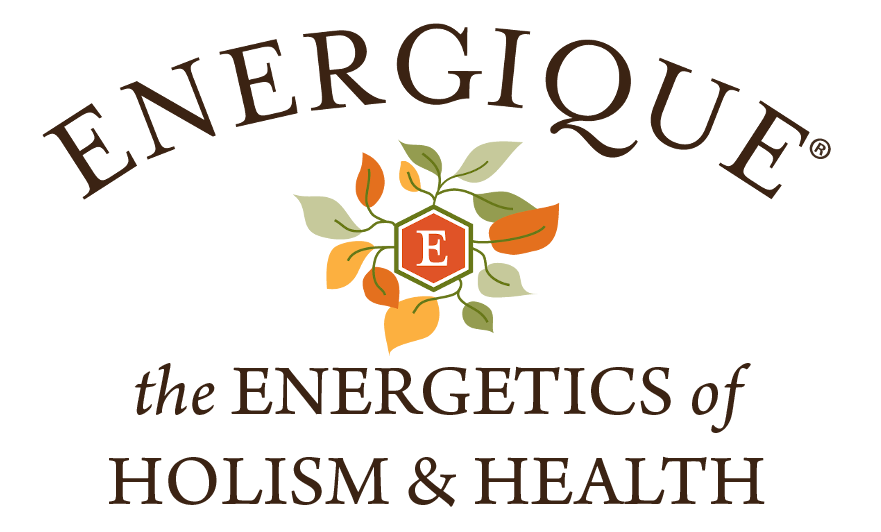Detoxification as a health strategy has become increasingly important since the 1960s, the decade following the post-war era’s “better living through science.” In that time, many armament and chemical factories, which had been producing substances for the purpose of killing humans, faced a need to pivot their businesses to peacetime, and the result was, to put it frankly, a toxic sludge of new chemicals released with the intention of making our lives better. Influential books like Rachael Carson’s Silent Spring, first published in 1962, documented how the United States government essentially diverted military funding from weapons development to pesticide development, in the name of both increased agricultural production and public health. Perhaps the most notorious example of this was DDT, an insecticide heralded incorrectly as being “so safe you can drink it,” and purchased by the US Department of Agriculture for reasons that included a quixotic effort to eradicate the entire nation of fire ants. This included spraying DDT on private land without the landowners’ consent. DDT was also blithely sprayed throughout neighborhoods and into public swimming pools with the intention of killing mosquitoes, and in some cases even sprayed onto children directly. Exposure to DDT can cause a form of spinal cord degeneration and paralysis which, under a microscope, looks identical to post-polio syndrome. Some even speculate that the polio scare of the 1950s was actually a cover-up, to protect large chemical corporations and the government from being held accountable for the harms caused by spraying children with DDT, essentially framing a virus for something that big businesses and public health programs perpetrated unwittingly.
Unfortunately, it seems our society has not learned much of a lesson from history and if anything, the introduction of new man-made toxins into our environment (and our bodies) has only increased in recent decades. It would be almost impossible to list them all, and new ones are being discovered all the time, for instance the fertility-disrupting pesticide chlormequat, which is currently making headlines for contaminating oats. So cleansing and detoxifying for health is undoubtedly more important than ever, but as with anything, it remains possible to get too much of a good thing. An underappreciated consequence inherent to the majority of detoxification strategies is nutrient depletion. Fasting, purging, and even gentle detoxification strategies like sauna therapy, if done to excess, can drain many good things out of the body along with the bad. A few alternative health advocates, like homeopathy’s Samuel Hahnemann, actually spoke out against detoxification as a health practice, claiming it would only enervate the vital force by depleting the body of vital fluids. This attitude is understandable in its historical context, where fatal bloodletting was common and environmental toxins were less common, but Hahnemann’s point remains at least somewhat true today: many of the body’s routes of elimination, when stimulated during detoxication protocols, can consume essential nutrients while simultaneously increasing their loss through various bodily fluids. This is not an argument against detoxification, but rather a reason to supplement certain essential nutrients during a detox protocol. Generally speaking, what will tend to be lost during cleanses and detox protocols are electrolytes, trace minerals, and water-soluble vitamins, but certain nutrients can face greater losses depending on the protocol. The following are some specific nutrients which, depending on the organs or toxins targeted by a detoxification protocol, may need to be supplemented for optimum patient health.
Selenium for Heavy Metal Detoxification
While some of the most damaging toxins are man-made chemicals, others like heavy metals are naturally occurring and impossible to avoid entirely. Even the healthiest diet consisting of whole foods will contain traces of toxins like lead, mercury, cadmium, and arsenic, and the body is constantly eliminating heavy metals through a variety of channels. This typically requires chelating agents to render them water-soluble, and one of the body’s most efficient natural chelating agents is selenium. Supplementation with this essential trace mineral can actually increase blood mercury levels, because extra selenium will help to draw mercury out of tissues like the brain and into the bloodstream for elimination. There are a variety of natural protocols to support heavy metal detoxification, but it must be considered that when these toxins are stirred up from their various storage sites, the body’s demand for selenium will increase to help eliminate them. Selenium plays a crucial role as cellular antioxidant, especially in the nervous system, and is also required for thyroid hormone synthesis, so it may be important to supplement selenium whenever a protocol employed to detoxify heavy metals starts moving these toxins through the body.
Taurine for Liver Cleanses
Many liver and bowel cleanses rely on the action of cholagogue herbs, which increase the production and secretion of bile. Not only is bile one of the primary routes of eliminating toxins from the liver, it also plays a crucial role ensuring elimination through the bowels. Because bile has a slight irritant action on mucus membranes, it is one of the most efficient ways to stimulate the bowels and may even be necessary for normal peristalsis. Deficient bile secretion, either from a sluggish liver or insufficient dietary fat, is an underappreciated cause of constipation, and many herbal remedies that target the colon work through increasing the flow of bile. So whether you’re considering a liver, colon, or intestinal detox program, it’s almost assured that it will contain cholagogue herbs and increase bile production in the body.
Bile is actually quite precious to the body, and is normally recycled by the reabsorption of bile salts in the distal small intestine. This is not a perfect process however, and so the body constantly loses and needs to replace these bile salts. This is even more so the case if cleansing herbs are being used to promote elimination, and in fact during a detox it may be preferable to reduce the efficiency of this process, because toxins can be reabsorbed along with the beneficial bile salts. The main constituents of bile salts are taurine and cholesterol, which are both to be thought of as conditionally essential nutrients, since the body can technically synthesize them, but not in sufficient quantities for optimal function. While cholesterol can be obtained from healthy dietary sources, it may be beneficial to supplement extra taurine during any liver or colon cleanse to ensure the body’s stores are not depleted by bile excretion, as well as to ensure an adequate supply of dietary cholesterol. It must be noted that the “high cholesterol” of hyperlipidemia does not imply that the body has too much cholesterol, but simply too much of one particular form of cholesterol in the bloodstream. The “bad” LDL and VDLD cholesterol, even when elevated, represent a tiny fraction of total cholesterol in the body, which is needed for functions like intercellular signaling and steroid hormone production in addition to bile synthesis. Healthy cholesterol sources can help prevent adrenal and sex hormone deficiencies from weakening patients during and after a cleanse.
Electrolytes for Juice Cleanses, Water Fasts, and Sauna Therapy
Most cleanses and detox protocols include recommendations to drink more water, which of course helps to flush toxins out through the kidneys. Just as bile is essential to eliminate fat-soluble toxins, most toxins that can be made water-soluble will eventually be eliminated by the kidneys, and many detox herbs go beyond functioning as mere diuretics to actually enhance the renal excretion of specific substances. However, it should not be forgotten that the filtration which occurs in the kidneys is not very selective, and requires a subsequent process of reabsorption to prevent necessary constituents of the blood from being lost. The case of diabetes, wherein excess blood sugar exceeds the kidneys’ reabsorption capacity and “spills” into the urine, should underscore just how easily this mechanism can be overwhelmed. It would be somewhat incorrect to say that the kidneys filter toxins from the blood; what actually happens is that most constituents are removed from the blood, with most of the beneficial constituents being subsequently reabsorbed. But again, this is not a perfect process, and diuretic substances including pure water will necessarily increase the loss of essential nutrients through the kidneys. This can include trace minerals and B vitamins, but mostly it includes electrolytes, especially sodium, which can be lost in great amounts in order to osmotically facilitate water excretion. The same is true when sweating is used as a detoxification strategy, and in fact replacing sweat with pure water devoid of electrolytes can even be dangerous, especially if done repeatedly.
The body actually stores sodium in an exchangeable pool that can be drawn upon to keep serum osmolarity stable, mostly in the skin and cartilage, and these stores can become depleted over time through excessive sweating and diuresis. It is now theorized that sodium deficiency may even contribute to osteoporosis. Although the standard American diet is typically high in sodium, it can still be possible for patients undergoing a cleanse to obtain too little sodium from their diet, especially if they’re avoiding processed foods, consuming a lot of juices, or outright fasting as part of their cleanse. So in addition to B vitamins, trace minerals, magnesium, and vitamin C, which can all be lost through urine and sweat and will be increasingly lost when these emunctories are stimulated, it can be important to supplement patients with sodium from a healthy salt source. Especially when processed foods are eliminated from the diet, it can be difficult to obtain enough sodium from natural foods unless salt is being added during cooking.
Click here to download our protocol guide to detoxification support.


 Philosophies of Herbal Dosing
Philosophies of Herbal Dosing